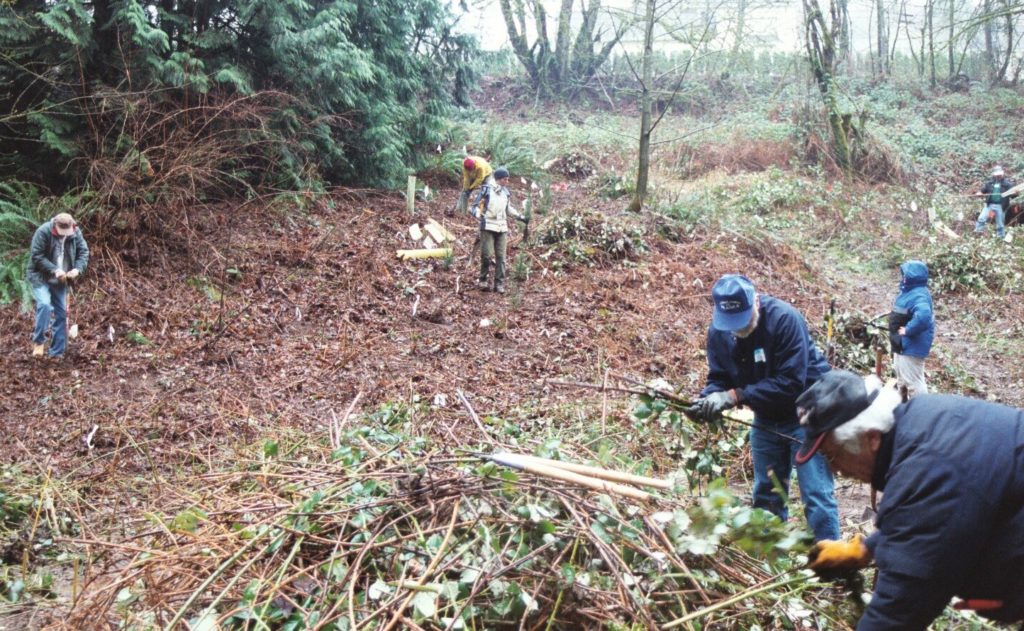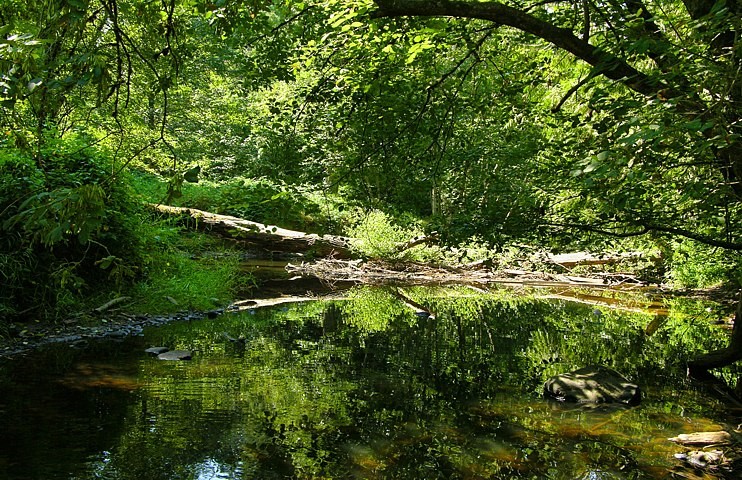Plant Species
There are several useful sources for choosing appropriate native plants for restoration projects:
The Portland Native Plant List is a great resource for hyper-local plant information. The list breaks down into sections based on plant community (Western Hemlock-Douglas Fir Forest, Mixed Coniferous/Deciduous Riparian, etc.). Information is given on habitat type, water and light requirements, growth rate and mature height/spread. While this is not a restoration-specific document, the description of which native plants thrive under what conditions is extremely valuable. The plant list goes beyond trees and shrubs, to include forbs, grasses and groundcover.
Green Seattle Forest Steward Guide, Appendix C (pg.42-44) is a short list of trees and shrubs which characterizes plants by preferred soil texture, soil moisture, sunlight, suitability for slopes, and target forest type (riparian, etc).
The Oregon State University Extension Service Guide to Riparian Tree and Shrub Planting Tables 1 and 2 characterize plants according to tolerance for flooding, drought, and shade. The tables also provide information about each species, including growth rate.


